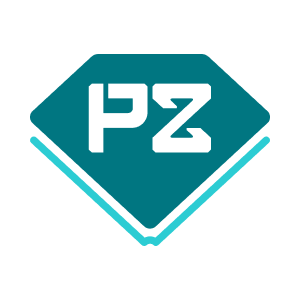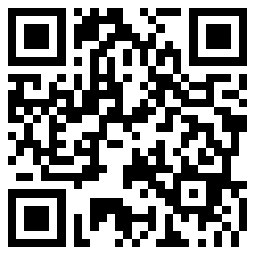NO.PZ2023032703000095
问题如下:
The conversation next turns to the state
of the economy. Another member of Thorn’s team, David Yung, concludes that the
economy will weaken, causing the yield curve to experience a downward parallel
shift. Yung proposes two trades.
l Trade 1: Sell a 5-year A-rated callable
corporate bond, Buy a 5-year A-rated non-callable bond of the same issuer
l Trade 2: Sell a 10-year fixed-rate
corporate bond, Buy a 10-year floating-rate bond of the same issuer
Determine, given Yung’s conclusions,
whether each of his proposed trades would most likely be profitable. Justify
each response.
选项:
解释:
Correct Answer:
Trade 1 should be executed. Interest rates decline when the economy weakens. Due to negative convexity, callable bonds underperform non-callable bonds during periods of declining interest rates. Callable bonds have a price limit imposed by the call price. Consequently, the bond would most likely be called when rates decline. The trade will, therefore, be profitable.
Trade 2 should not be executed. Given Yung’s economic outlook and anticipation of a parallel downward shift in the yield curve, duration should be increased, not decreased. Fixed-rate bonds have higher duration than floating-rate bonds as coupons are fixed rather than adjusting periodically to market interest rates. Selling higher-duration bonds to invest in lower-duration bonds as rates decline would not be appropriate.
老师请问这一题, 这样写可以吗? 解释原因和答案的要点不一样
Trade 1: It may be profitable.
Because callable corporate bond is negatively convex, when the yield curve experiences a downward parallel shift, the price of callable bond will be lower than the price of a non-callable bond of the same issuer. So it may be profitable to implement trade 1.
Trade 2: It may be not profitable.
when the yield curve experiences a downward parallel shift, the market is bullish for bonds. But a 10-year floating-rate bond has a floating-rate coupon which will decrease as well, at this time its price will lower than a 10-year fixed-rate corporate bond.



